Designing High-Performance Outfits for Chinese Athletes

Liu Li is a professor and head of the Academy of Clothing Science and Technology, affiliated with Beijing Institute of Fashion Technology. She is also head of the national winter sports clothing and equipment research and development center. Liu led her team in developing and producing outfits for China's athletes who competed at the Beijing 2022 Winter Olympics.
At the end of 2018, Liu was tasked with customizing costumes for Sui Wenjing and Han Cong, who were preparing to compete in the pairs events at the 2019 ISU Figure Skating World Championships.
That was the first time Liu designed outfits for winter sports athletes. "There are many things to notice in the designs of athletes' outfits. It's more than making beautiful costumes," Liu says.
She and her team worked hard to complete the task. They finished making six sets of costumes for the athletes within three weeks. Liu and her team's members were proud when the pair, wearing the team-designed costumes, won the championship.
Since then, China's top winter sports athletes have been among Liu's ideal models. "Compared with designing fancy costumes for fashion models, it's more challenging to make outfits for athletes," she says.
For a long time, China's winter sports athletes had to wear foreign-made outfits. Liu and her team conducted research, and they learned some outfits produced by foreign companies didn't properly fit Chinese athletes. Liu began thinking about developing outfits, with nationally held intellectual property rights, for Chinese athletes.
"Athletes' performances are mainly decided by their abilities. During competitions, the time difference between the two top athletes may be a mere 0.01 second. To help Chinese athletes win, we must make sure they have the best outfits and equipment, through science and technology," says Liu.
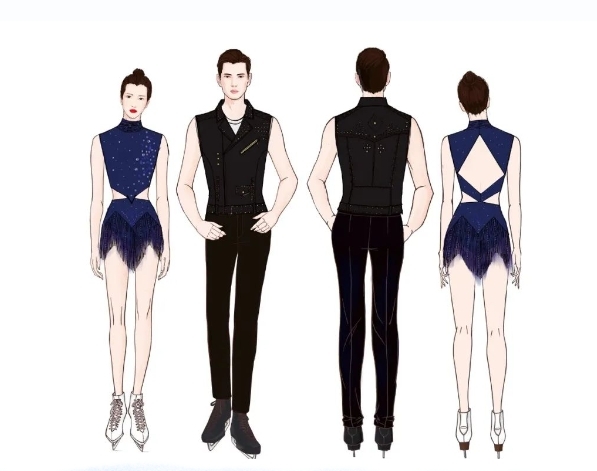
Going All Out for Olympics
During preparations for Beijing 2022, Liu was appointed head of the "key technologies for high-performance winter sports training and competition outfit research and development" project. The project's team, composed of 10 units, pooled the quality resources of all relevant industries. Liu focused on developing outfits for athletes who would compete in short-track speed skating, speed skating and figure skating events.
Liu and her team began the development process, by researching the outfits worn by medalists during previous Winter Olympics and world championships. Based on their research, Liu established four technical goals — fast, protective, warm and beautiful — for the design of the winter sports outfits.
Specifically, the outfits had to be effective in reducing air resistance in speed competitions, and the outfits had to help prevent athletes from becoming injured if they collided with other athletes during competitions. The outfits also had to be warm enough, and they had to make the athletes look attractive when they completed difficult movements.
Li Yimeng, a member of Liu's team, recalls how several Chinese figure skaters' weight and body shapes had changed — given their long and intensive training routines — shortly before Beijing 2022. As a result, the costumes did not fit properly. The design team had to respond to the situation quickly; they contacted the factories to order reprints of the patterns, and they asked embroiderers to make embroideries on the new outfits. Working day and night, the team delivered the reproduced costumes to the athletes on time.
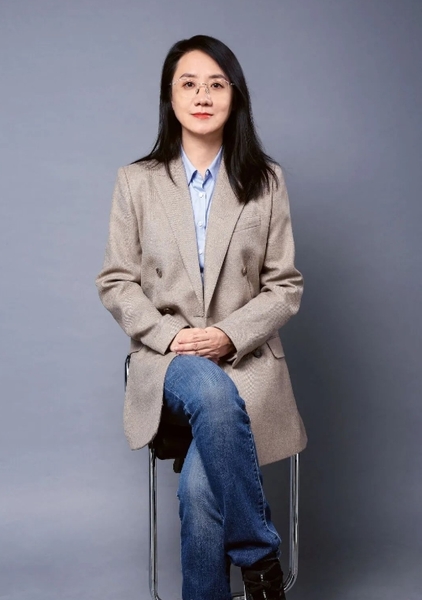
Highlighting Innovation
"During previous competitions, most of China's top figure skaters' costumes were customized overseas. For Beijing 2022, all of the figure skaters' costumes were designed by Chinese designers. We integrated traditional Chinese elements, such as Suzhou-style embroidery and plant-dyeing techniques, to present Chinese culture on the stage of the Olympic Games. We are confident about our own culture," Liu says.
Liu highlighted innovation while developing the athletes' outfits. "Only through original innovation can we surpass our counterparts," she says. That is something she stresses in the classroom. Liu always respects her students' ideas. "Due to limits in our knowledge, our ideas are sometimes immature. Liu never discourages us. She encourages us to think independently, and to keep innovating," says Wang Lanmin, one of Liu's students.
For athletes who competed at Beijing 2022, Liu and her team were determined to develop an outfit that would reduce air resistance by five percent. They had to deal with all details carefully. They produced new materials, based on new theories, and they increased the flexibility of the materials. They used three-dimensional printing and laser-cutting technologies, and developed anti-drag functional materials that could be used for outfits of athletes in events like short-track and long-track speed skating.
To prove the newly developed outfits' efficiency in reducing air resistance, Liu's team conducted tests in a wind tunnel. After more than 1,000 hours of testing, it was determined the outfits actually reduced air resistance by 10 percent.
To gauge athletes' response after they tested the new outfits, the team's members had to travel frequently between Beijing and the athletes' training base, in north China's Hebei Province, recalls Wu Yan, one of Liu's students.
"Although the task of developing the outfits for Chinese athletes was arduous, it was really fruitful. We will keep on improving our research and development until we own the complete capability of developing outfits by ourselves. I believe, one day, all people will give thumbs up when they see sports outfits made by China," Liu says.
Photos from Interviewee
(Women of China English Monthly March 2024)
Please understand that womenofchina.cn,a non-profit, information-communication website, cannot reach every writer before using articles and images. For copyright issues, please contact us by emailing: website@womenofchina.cn. The articles published and opinions expressed on this website represent the opinions of writers and are not necessarily shared by womenofchina.cn.?


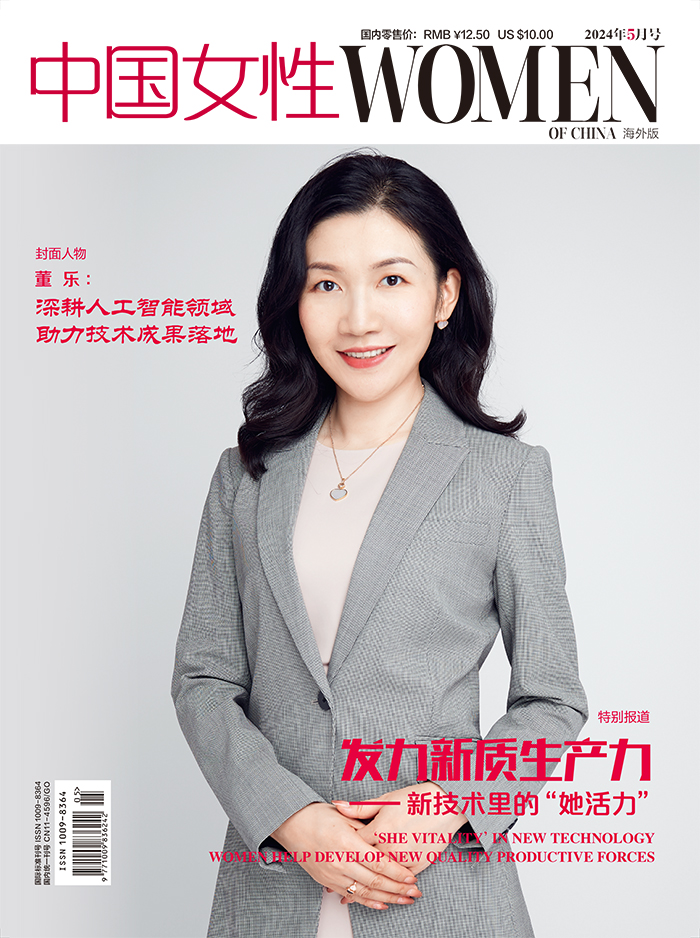

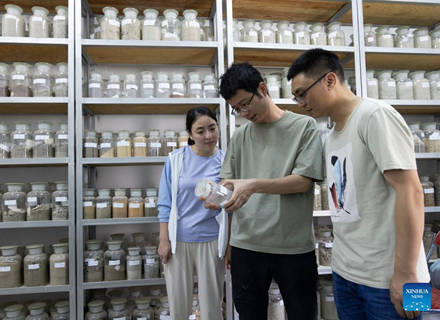
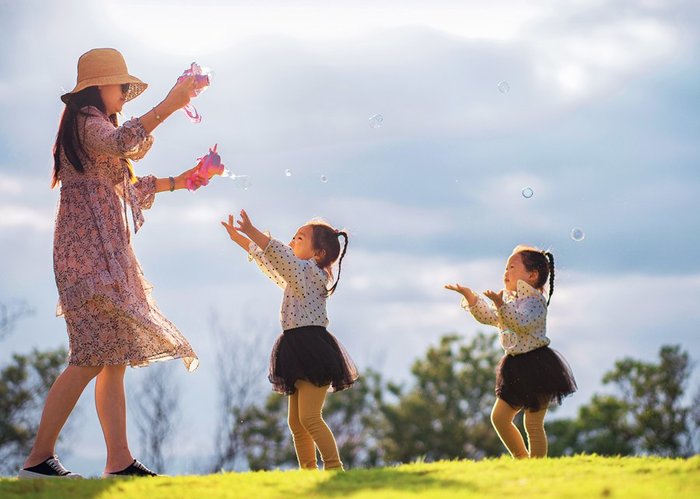


 WeChat
WeChat Weibo
Weibo 京公綱安備 11010102004314號
京公綱安備 11010102004314號